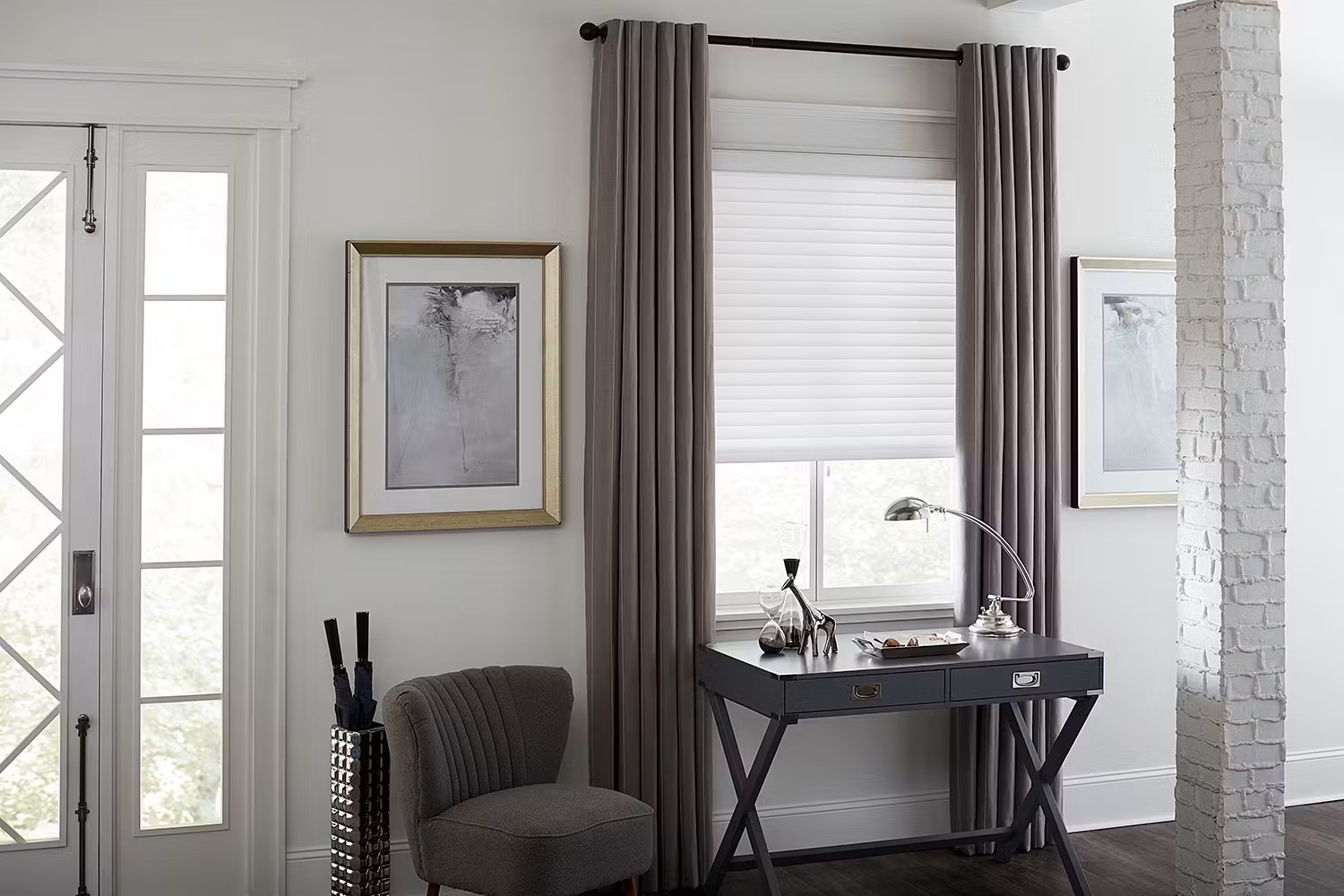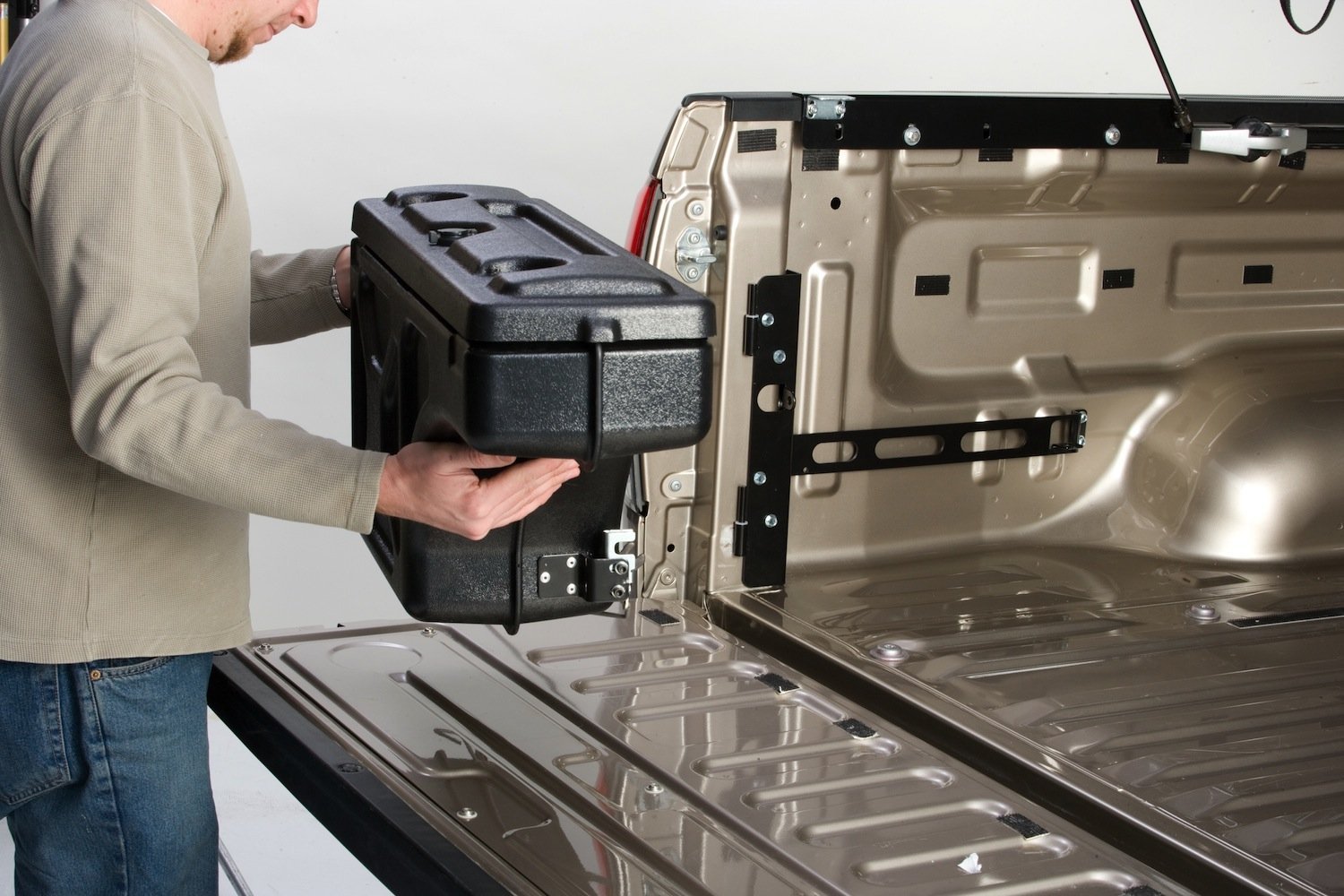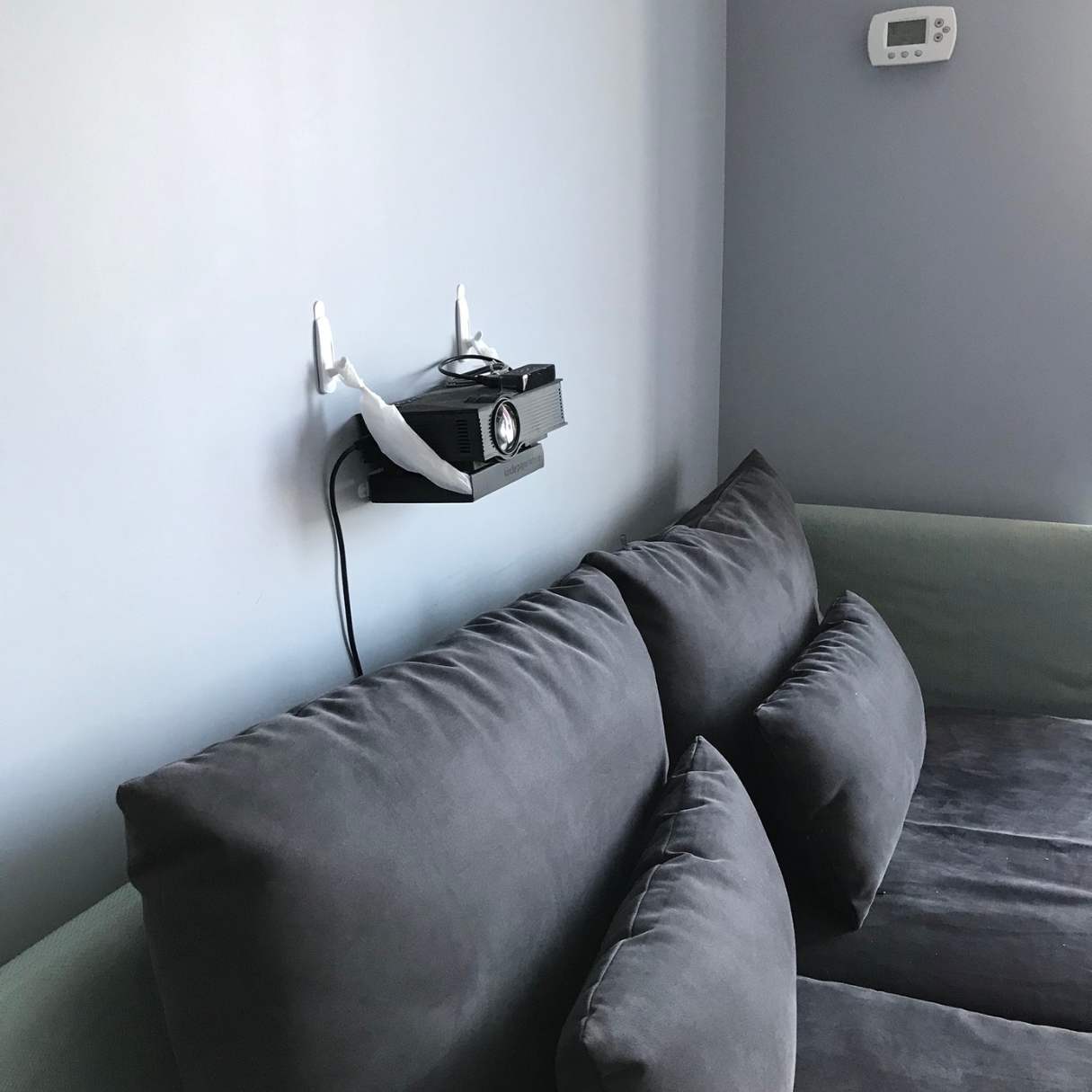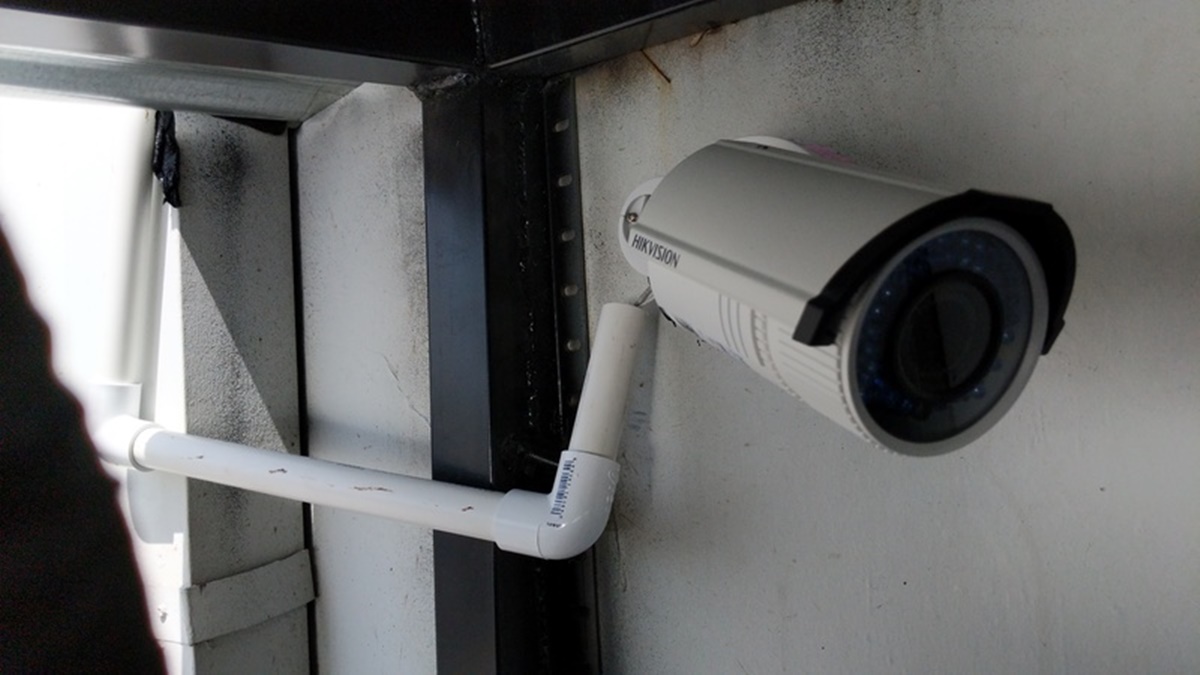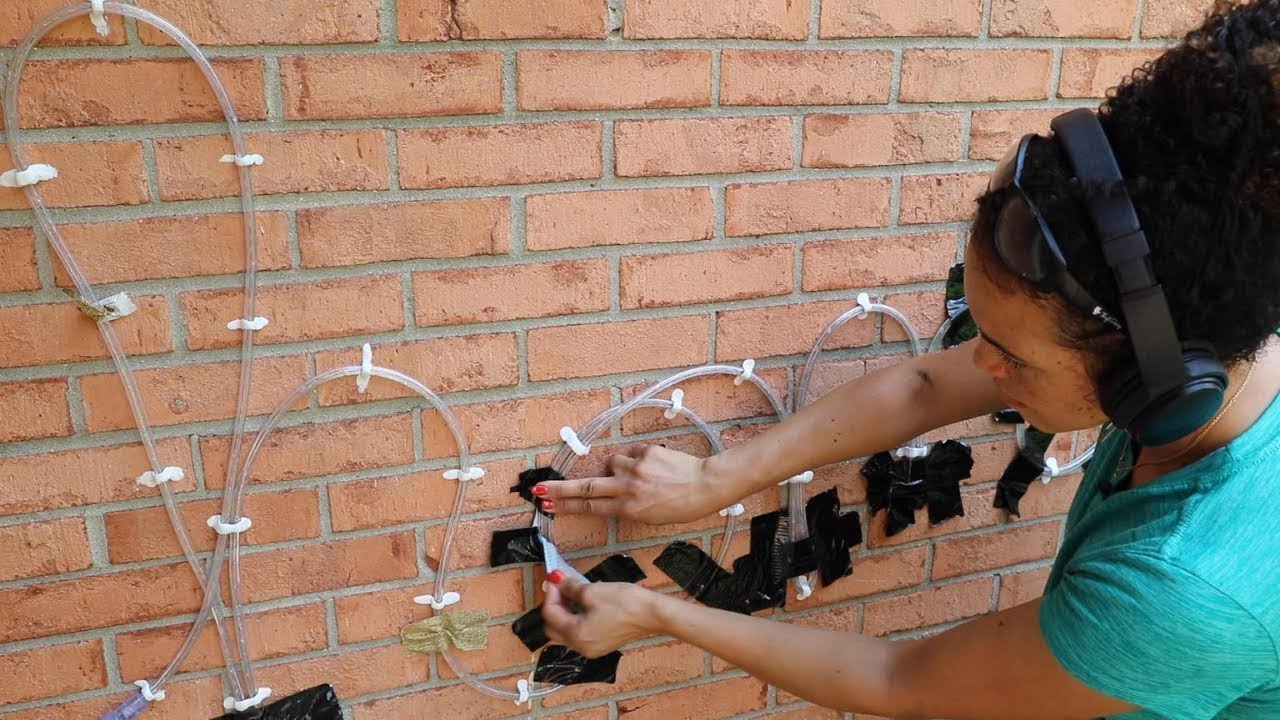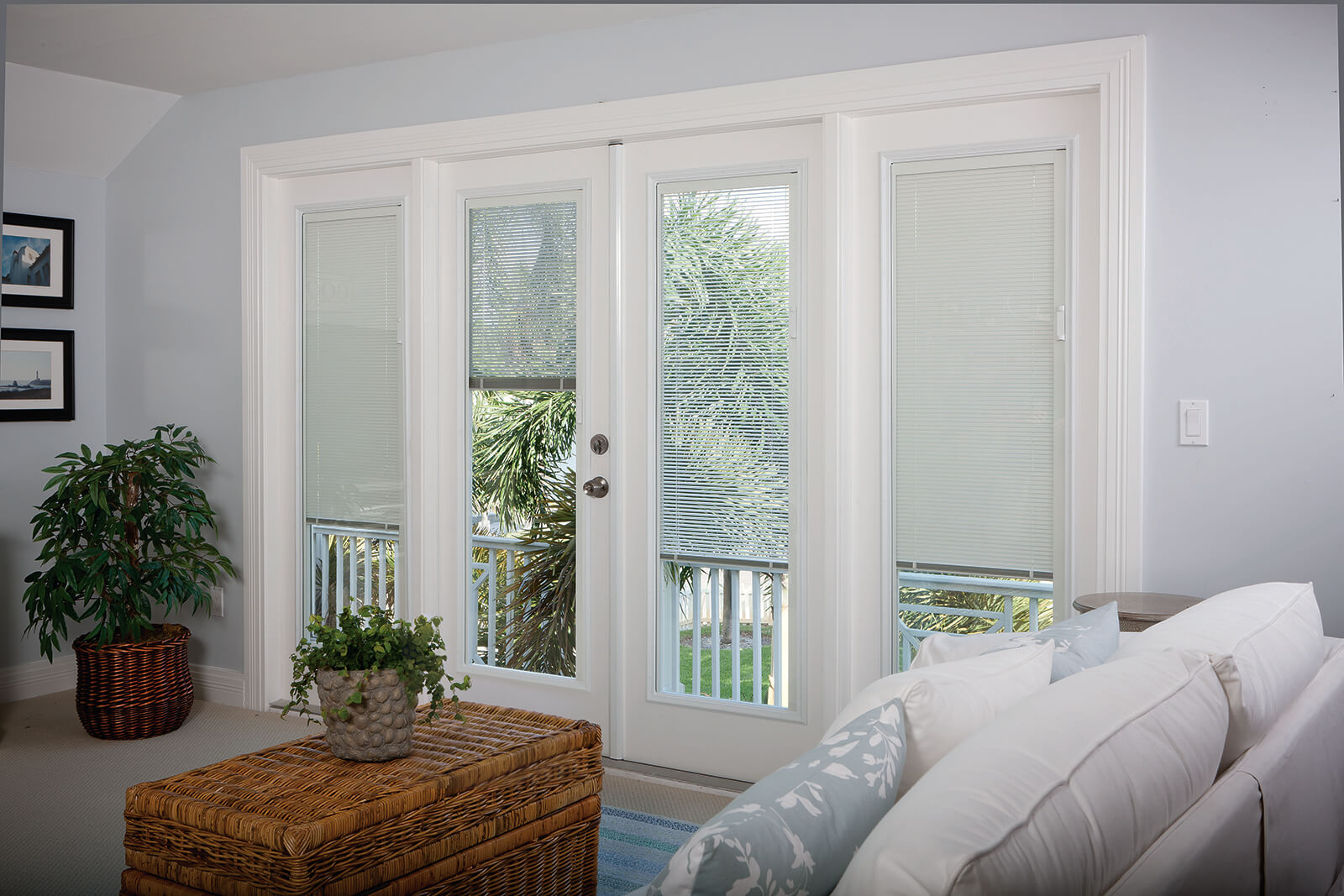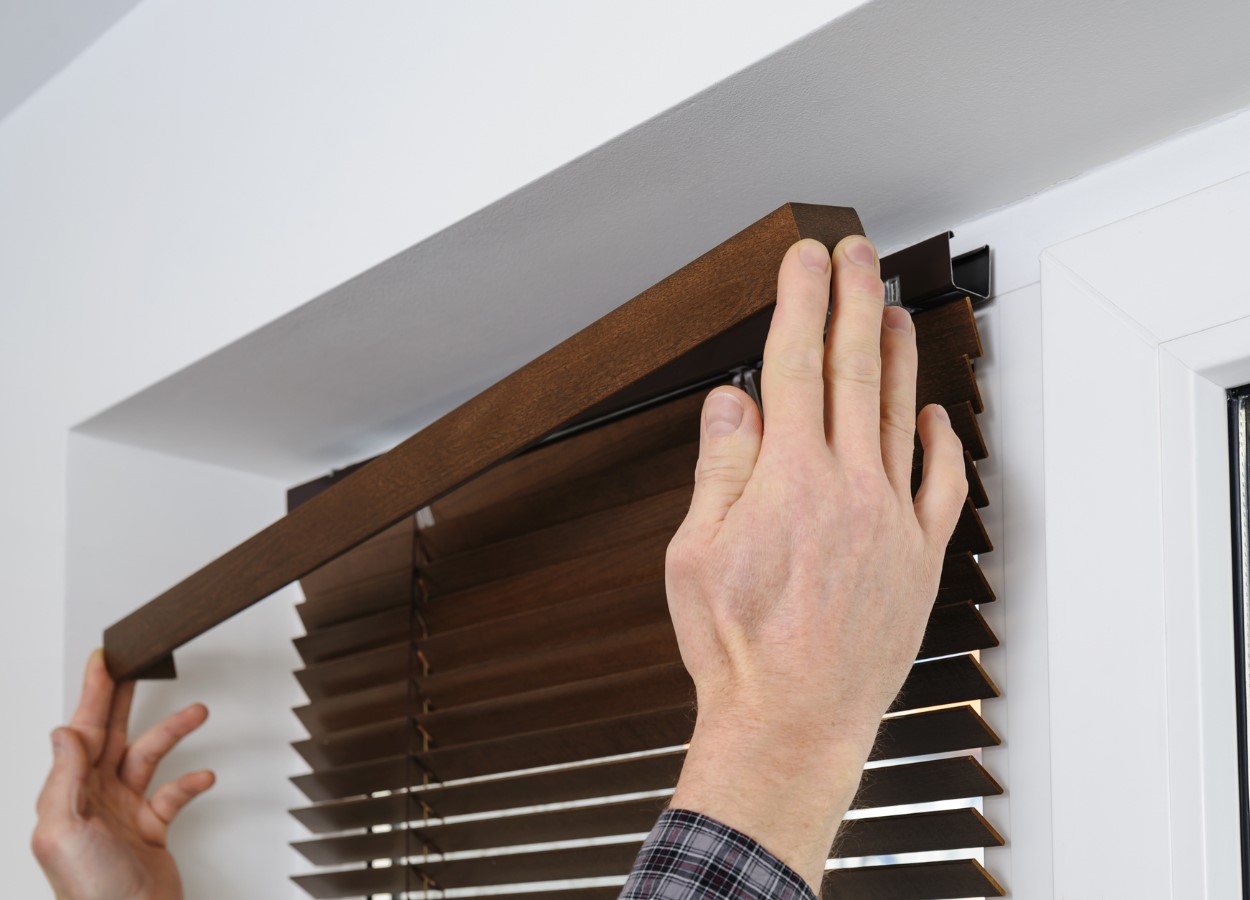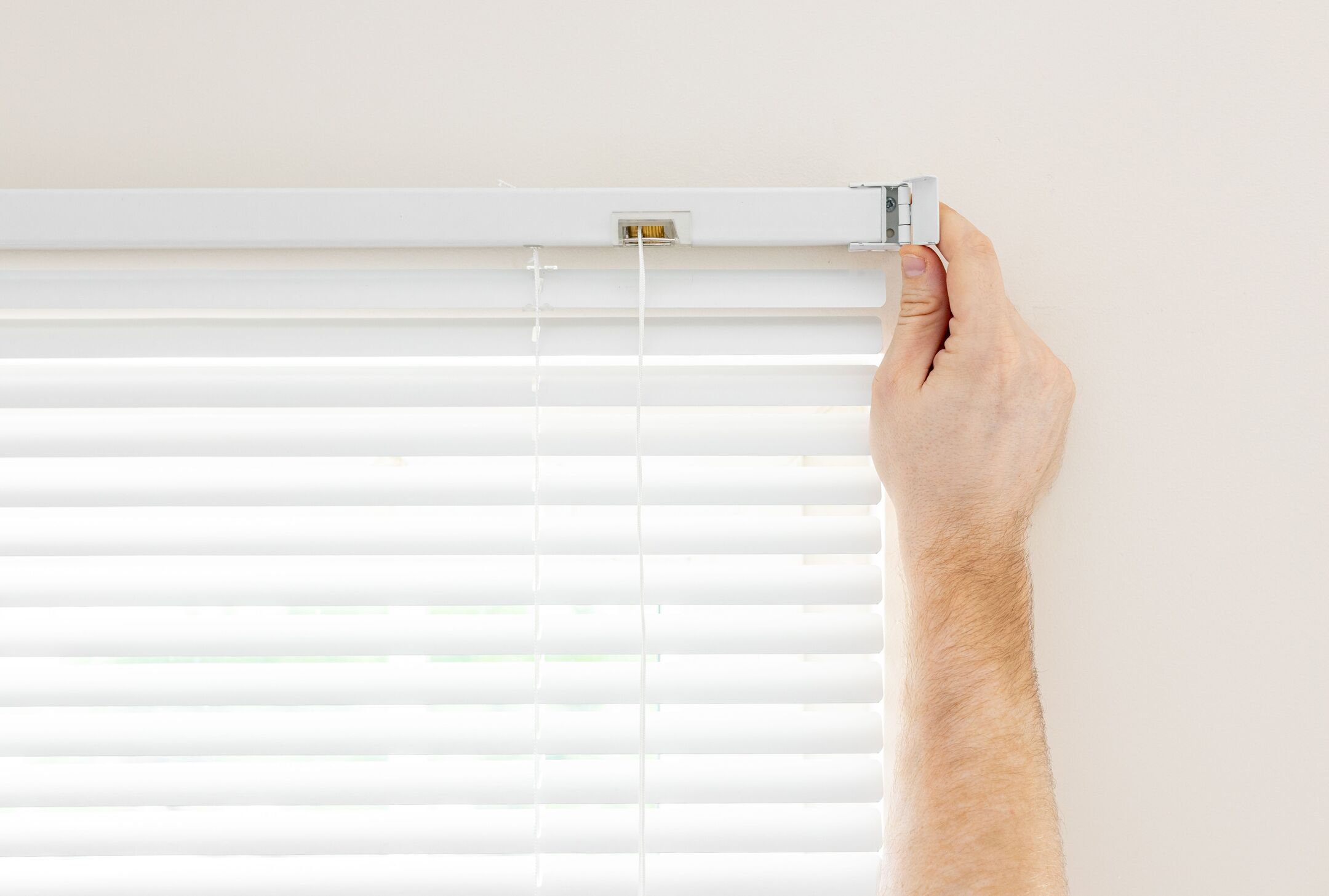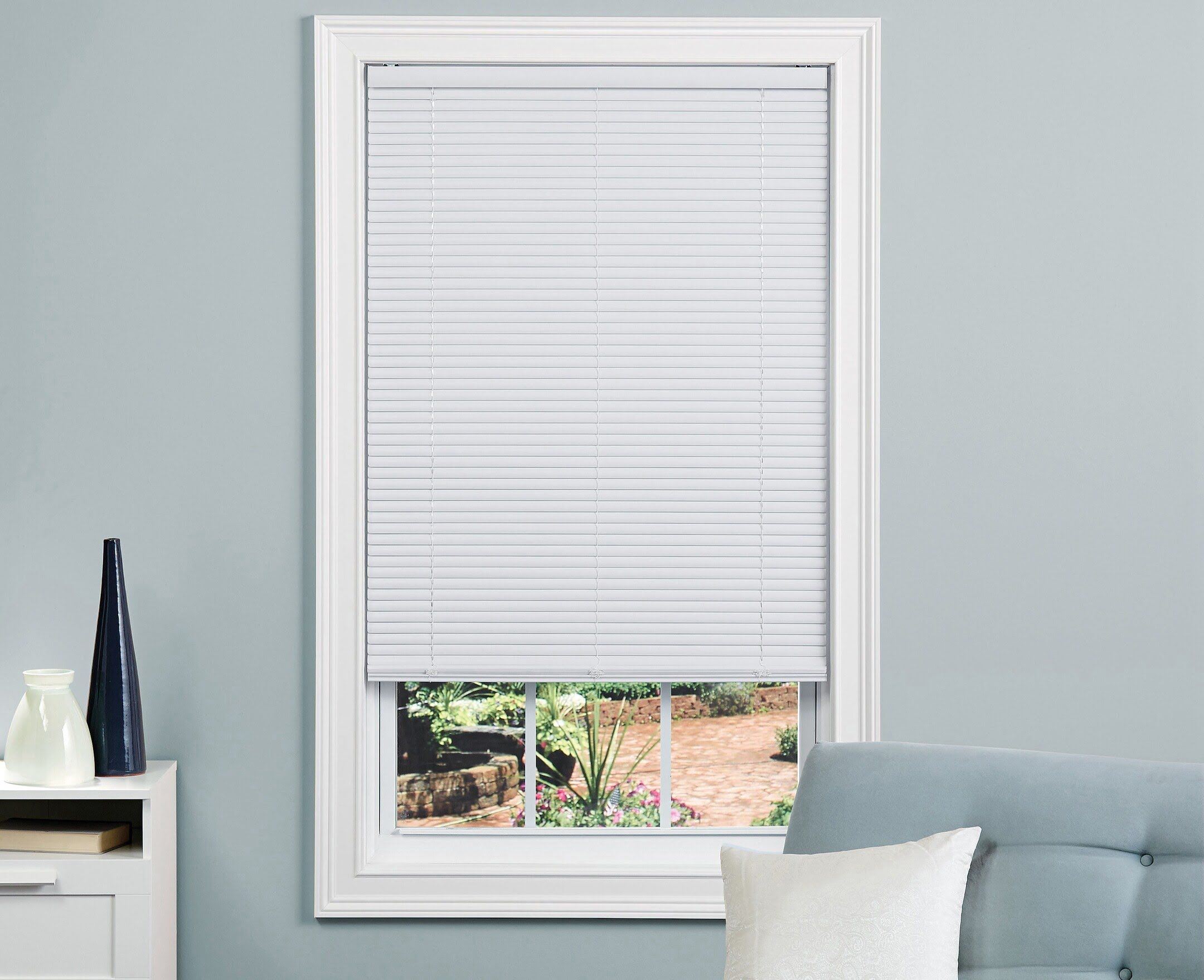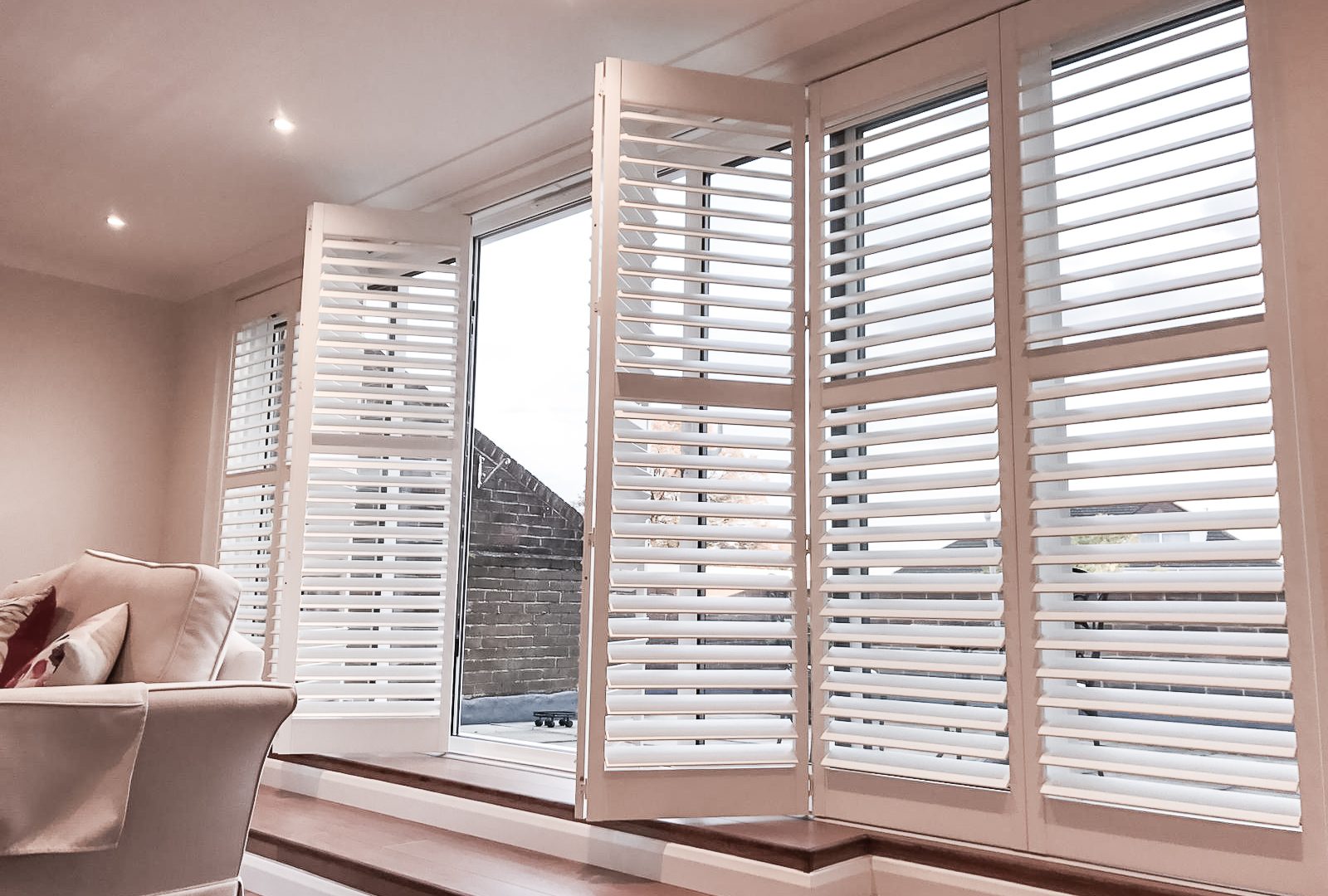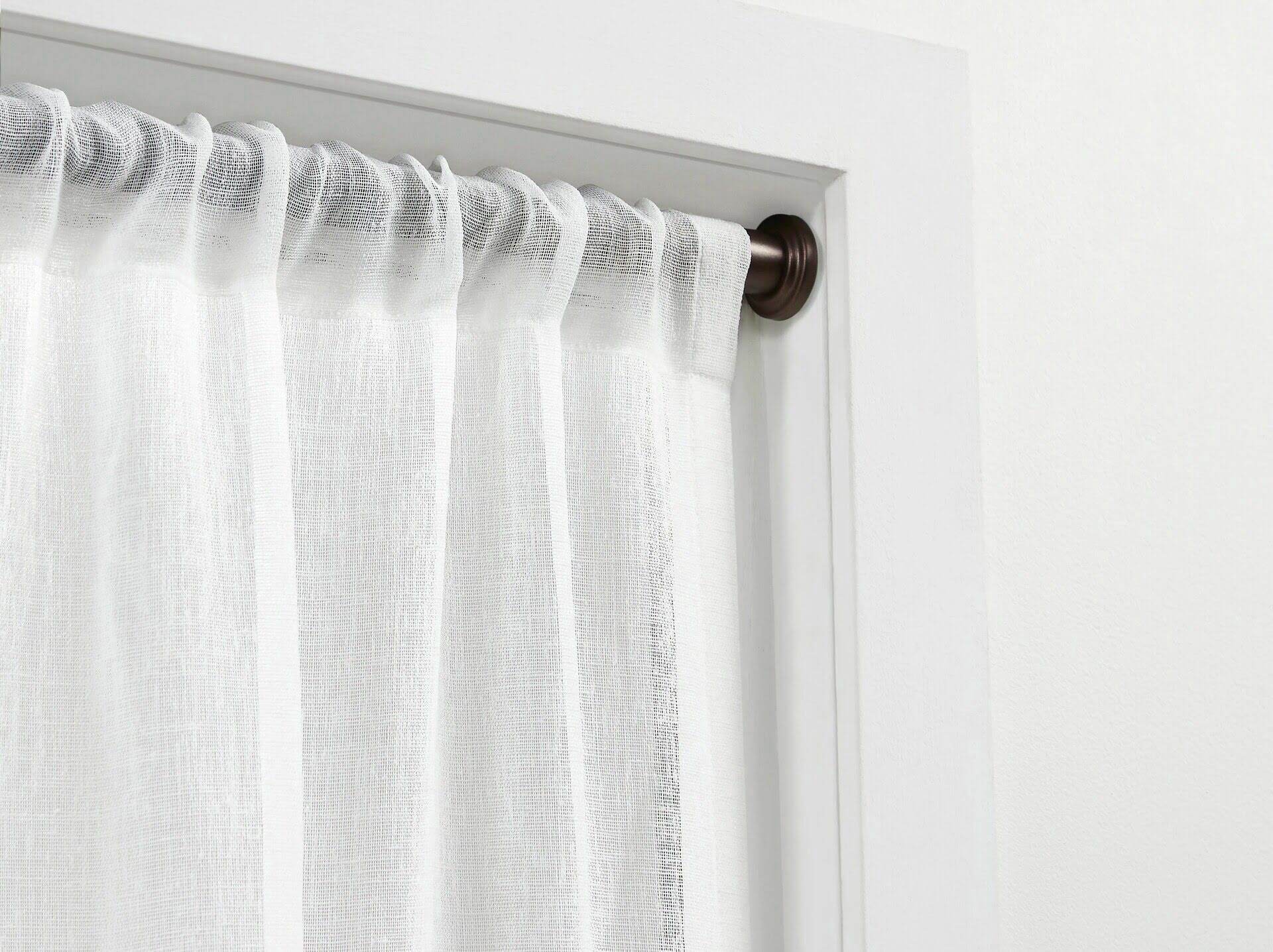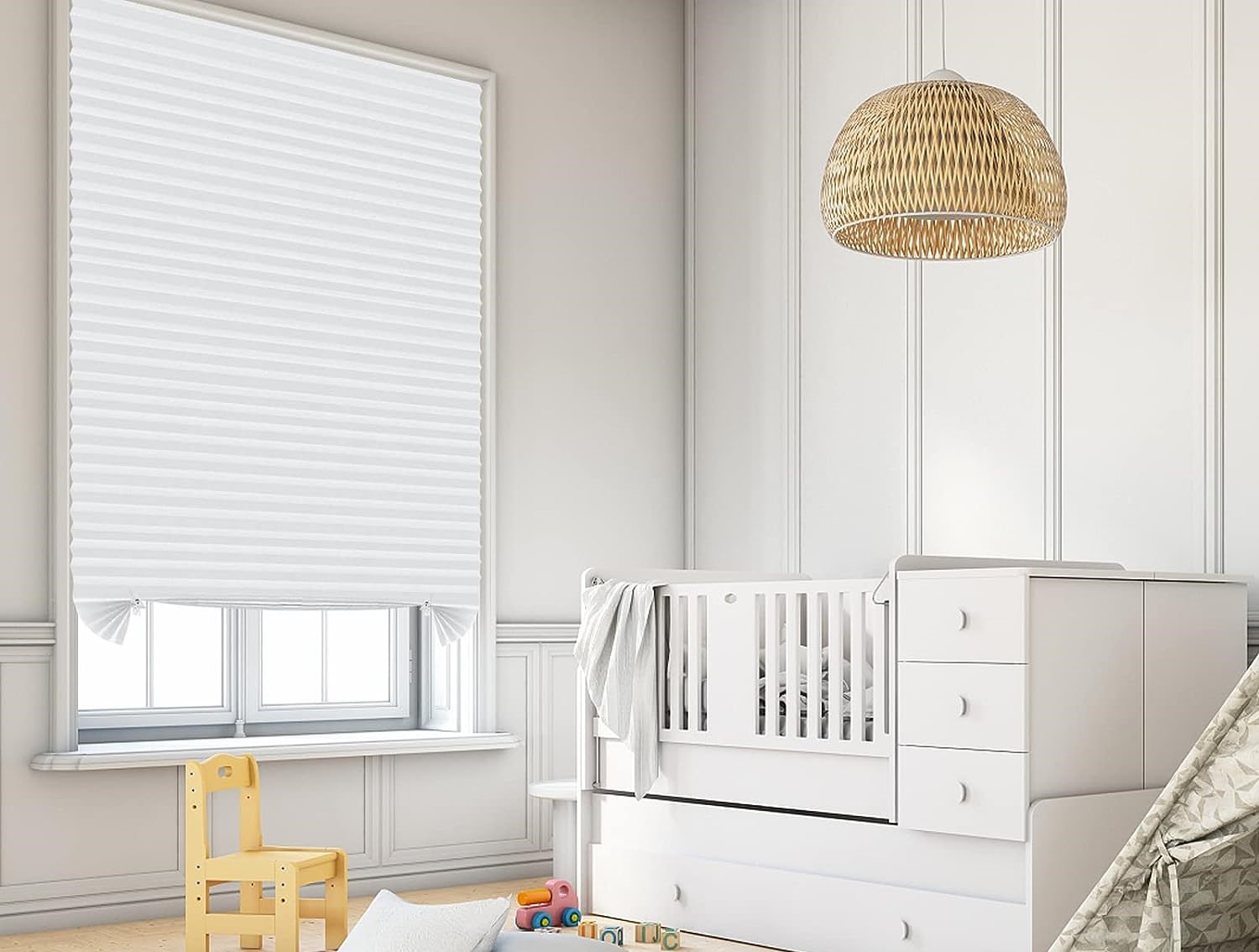

Articles
How To Install Blinds Without Drilling
Modified: January 9, 2024
Learn how to install blinds without drilling in this informative article. Discover alternative methods for hanging blinds that won't damage your walls.
(Many of the links in this article redirect to a specific reviewed product. Your purchase of these products through affiliate links helps to generate commission for Storables.com, at no extra cost. Learn more)
Introduction
Installing blinds can be a great way to enhance privacy, control sunlight, and add style to your space. However, many people are hesitant to drill holes in their walls or windows to install blinds. The good news is that there are alternative options available that allow you to install blinds without drilling.
In this article, we will explore four different methods for installing blinds without drilling. Whether you are renting a space, living in a dormitory, or simply prefer not to put holes in your walls, these methods offer practical and convenient solutions for installing blinds.
Without further ado, let’s dive into the options!
Key Takeaways:
- Enhance privacy and style without drilling by using tension rods, adhesive hooks, magnetic brackets, or spring-loaded blinds. Enjoy flexible, non-permanent options for installing blinds and transforming your space.
- Whether you’re renting, avoiding wall damage, or seeking temporary solutions, these methods offer practical alternatives for installing blinds. Embrace the convenience of tension rods, adhesive hooks, magnetic brackets, and spring-loaded blinds to elevate your space.
Option 1: Using Tension Rods
Tension rods are a versatile and popular option for hanging curtains, but they can also be used to install blinds without drilling. Here’s how to do it:
- Measure the width of your window frame: Start by measuring the width of your window frame. This will help you determine the size of the tension rod you need.
- Select a tension rod: Choose a tension rod that fits the width of your window frame. Tension rods come in various sizes and can be adjusted to fit different window sizes.
- Insert the tension rod: Twist the tension rod to make it shorter than the width of your window frame. Insert one end of the rod into the window frame and then twist the other end to extend the rod until it’s securely in place.
- Hang the blinds: Once the tension rod is in place, you can hang your blinds onto the rod. Most blinds come with a headrail or a top piece where the blinds can be attached. Simply attach the headrail onto the tension rod and make sure it is securely attached.
- Adjust the tension: If the tension rod feels loose or unstable, you can adjust the tension by twisting it tighter. This will create a snug fit and provide extra stability for your blinds.
Tension rods offer a quick and easy solution for installing blinds without drilling. They are also easily adjustable and removable, making them a popular choice for renters or those who like to frequently change their window treatments.
Now that you know how to use tension rods to install blinds, let’s move on to the next option.
Option 2: Using Adhesive Hooks
If you’re looking for a non-permanent solution to install blinds without drilling, adhesive hooks can be a fantastic option. Follow these steps to use adhesive hooks for installing blinds:
- Clean the surface: Before applying the adhesive hooks, make sure the surface is clean and dry. Use a mild cleaner to remove any dirt or dust that could hinder the adhesion.
- Position the hooks: Determine where you want to hang your blinds and mark the spots where the hooks will be placed. Keep in mind the width and length of your blinds to ensure proper positioning.
- Peel off the backing: Once you have marked the spots, peel off the backing of the adhesive hooks. Make sure to follow the manufacturer’s instructions for best results.
- Stick the hooks: Press the adhesive hooks firmly against the surface and hold them in place for a few seconds to ensure proper adhesion. Allow the hooks to set for the specified amount of time recommended by the manufacturer.
- Hang the blinds: Once the adhesive hooks are securely in place, you can hang your blinds. Most blinds come with mounting brackets that can be installed onto the hooks. Attach the brackets to the hooks and make sure they are properly aligned and stable.
- Check the stability: After hanging the blinds, check if they are stable and secure. Give them a gentle tug to ensure they are properly attached to the hooks and won’t come loose.
Adhesive hooks offer a convenient and non-damaging option for installing blinds without drilling. However, it’s important to note that the adhesion may vary depending on the quality of the hooks and the surface they are applied to. It’s always a good idea to test the hooks in a small area first before committing to installing all your blinds.
Now, let’s move on to the next option for installing blinds without drilling.
You can use tension rods to hang blinds without drilling. Measure the width of your window and get a tension rod that fits. Then, simply hang the blinds on the tension rod and place it inside the window frame.
Option 3: Using Magnetic Brackets
If you’re looking for a hassle-free and temporary solution for installing blinds without drilling, magnetic brackets can be a great choice. Here’s how you can use magnetic brackets to install blinds:
- Measure your window frame: Start by measuring the width of your window frame. This will help you determine the size of the magnetic brackets you need.
- Choose magnetic brackets: Look for magnetic brackets that are specifically designed for blinds. These brackets typically come in pairs, with a magnet on one side and a metal plate on the other.
- Attach the metal plates: Place the metal plates on the inside of your window frame, ensuring they are aligned and centered. Press them firmly to create a secure bond with the window frame.
- Align the magnets: Take the magnetic brackets and align the magnets on the metal plates. The magnets should attract and securely hold the blinds in place.
- Hang the blinds: Once the magnetic brackets are properly aligned and attached to the metal plates, you can hang your blinds onto the brackets. Ensure that the blinds are securely attached and stable.
- Adjust and test: Adjust the blinds to your desired height and angle. Give them a gentle tug to ensure they are securely held by the magnetic brackets.
Magnetic brackets provide a convenient and non-damaging option for installing blinds without drilling. They are especially useful for metal window frames, as the magnets can easily adhere to the surface. However, it’s important to ensure a proper fit and alignment, as the magnets need to securely hold the weight of the blinds.
Now that you know how to use magnetic brackets for installing blinds, let’s move on to the final option.
Option 4: Using Spring-Loaded Blinds
If you’re looking for a quick and easy solution to install blinds without drilling, spring-loaded blinds can be an excellent option. Here’s how to install spring-loaded blinds:
- Measure your window frame: Begin by measuring the width of your window frame. This will help you choose the correct size of spring-loaded blinds.
- Select the blinds: Choose spring-loaded blinds that are the appropriate width for your window frame. These blinds typically come with a tension rod already installed.
- Extend the blinds: Hold the blinds with one hand and use your other hand to twist the tension rod counterclockwise. This will extend the rod and create tension against the window frame.
- Position the blinds: Place the extended blinds inside the window frame. Make sure the blinds are centered and aligned properly.
- Secure the blinds: Once the blinds are positioned correctly, release the tension rod. The spring-loaded mechanism will hold the blinds in place by exerting pressure against the window frame.
- Adjust and test: Adjust the blinds to your desired height and angle. Give them a gentle tug to ensure they are securely held by the spring-loaded mechanism.
Spring-loaded blinds offer a simple and effective solution for installing blinds without drilling. They can be easily adjusted, removed, and repositioned as needed without leaving any marks or holes on your window frame.
With this option, it’s important to ensure that the tension rod is securely positioned and that the blinds are properly aligned. This will ensure stability and prevent the blinds from falling or shifting.
Now that you know how to use spring-loaded blinds for installing without drilling, let’s conclude our discussion.
Conclusion
Installing blinds without drilling is a convenient and flexible option for those who don’t want to or can’t drill holes in their walls or windows. In this article, we explored four different methods for installing blinds without drilling:
- Using tension rods: Tension rods offer an adjustable and removable solution that is perfect for renters or those who frequently change their window treatments.
- Using adhesive hooks: Adhesive hooks provide a non-permanent option for hanging blinds and can easily be removed without leaving any damage.
- Using magnetic brackets: Magnetic brackets are a hassle-free solution that works well for metal window frames and offers easy installation and removal.
- Using spring-loaded blinds: Spring-loaded blinds are a quick and simple solution that can be adjusted and repositioned without drilling holes.
Each method has its own advantages and considerations, so it’s important to choose the option that best suits your needs and preferences.
Remember to carefully measure your window frame, select the appropriate blinds or rods, and ensure proper alignment and stability. This will help to ensure a secure and functional installation.
Whether you’re renting a space, looking for a temporary solution, or simply prefer not to drill holes, these methods provide practical alternatives for installing blinds without compromising on style and functionality.
So go ahead and explore these options to enjoy the benefits of blinds without the need for drilling. Enhance your privacy, control sunlight, and add a touch of style to your space with these simple and effective installation methods.
Now that you’re armed with these knowledge, go ahead and install your blinds without drilling and transform your space!
Frequently Asked Questions about How To Install Blinds Without Drilling
Was this page helpful?
At Storables.com, we guarantee accurate and reliable information. Our content, validated by Expert Board Contributors, is crafted following stringent Editorial Policies. We're committed to providing you with well-researched, expert-backed insights for all your informational needs.
